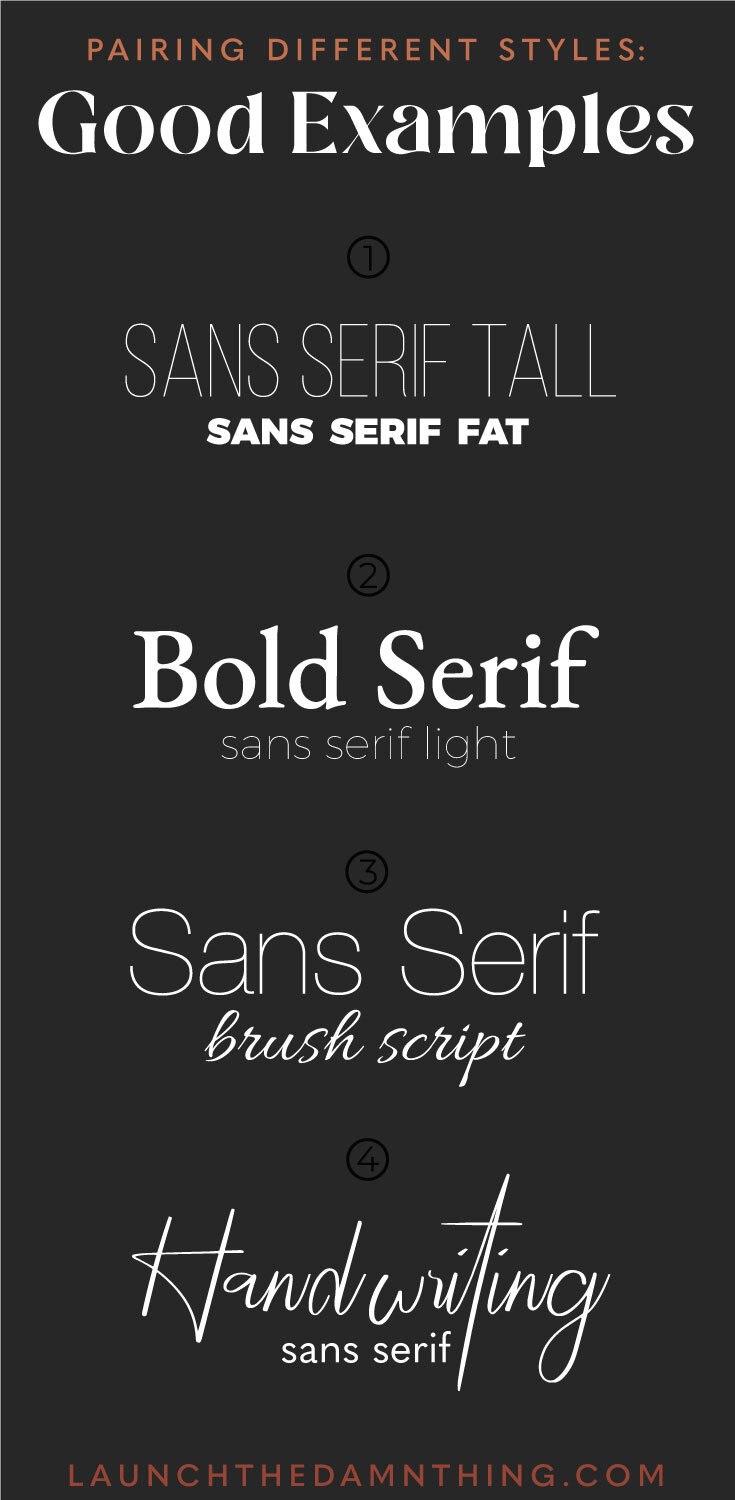

It was the first sans serif font that had an Italic version, as well. A more famous font during this period was Gill Sans, created by Eric Gill for Monotype Corporation. This font was used on the Londonese tube.

The one who brought a new look to the sans serif fonts was Edward Johnston who created Johnston Sans. Until the beginning of the 20th century, the sans-serif fonts haven’t suffered any improvements. These fonts are characterized by fluidity, inspired from the hand-writings. The letter “a” is formed by a circle and a vertical line. The letter “G,” for example, contains two elements: a curved line and a horizontal line that closes up the arch described by the curved one. Inspired from the Bauhaus current (less is more), they are characterized by the lack of contrast, the minimalist look, and by the geometrical aesthetics. The latter introduced the term “grotesque” from the Italian “grottesco,” meaning “in the cave.” Other examples: Univers, Arial, Franklin Gothic. The most representative fonts are Vincent Figgins’s “Two-line great primer sans-serif” (an only capitals font), and William Thorowgood’s font (the first one that included lowercase letters). Recently, in England, they recommend the word “linear” instead, but not many have adopted it yet.Ī short classification of the Sans Serif Fonts Grotesque and Neo-grotesqueĭating back to the beginning of the 19th century, the name “grotesque” has been given to these fonts to accentuate their incondite esthetics compared to the popular serif fonts of that time. The name was given by Vincent Figgins in 1832 and comes from the combination between “sans,” which is French means “without,” and “serif.” Some may consider it inappropriate because it implies a negation, a lack of something. Due to their lack of curved lines and arched corners, the fonts have a rigid look. Examples: Times New Roman, Baskerville.Ĭreated at the beginning of the 19th century, the modern fonts have a high contrast between the thin and thick lines. They feature a neutral design and a triangular serif.

Their contrast is amplified vertically, making the fonts harder to be read than the Old Style ones. As the name suggests, they “were born” between the Old Style and the Modern periods. These fonts date back to the 17th century. Examples: Garamond, Minion, Goudy Old Style, and Bembo. Later in the 16th century, the fonts develop into a wider range of lines, creating a stronger contrast. This fact takes us to the meaning of the word Serif which, according to the Oxford Dictionary, is closely related to the Dutch word “schreef” and it means “line” or “sign made by a nib.”Ī short classification of the Serif Fonts:ĭating back to the 15th and 16th century, during the Renaissance, these fonts are legible and elegant. In “The Origin of the Serif” study, Edward Catich affirms that the serif font is a remnant of the painting process of the letters on stone, a technique used before the stone carving. The Trajan’s Column is a classic example using serif letters, dating back to 113 a.o. The serif fonts have been around since the Roman Empire and they originate in the Roman alphabet invented back then. In order to give you a few hints on how you can best use any of the two, we invite you to take a pen and a notebook and write down the following important ideas. But can any of the two teams own the absolute truth? No way! It’s like debating your Pepsi preference with a Coke lover.
Serif vs sans serif most readable pairs pro#
There are pro and cons that people bring up all the time when arguing why one is better than the other one. The debate between serif and sans serif is still an epic one.


 0 kommentar(er)
0 kommentar(er)
